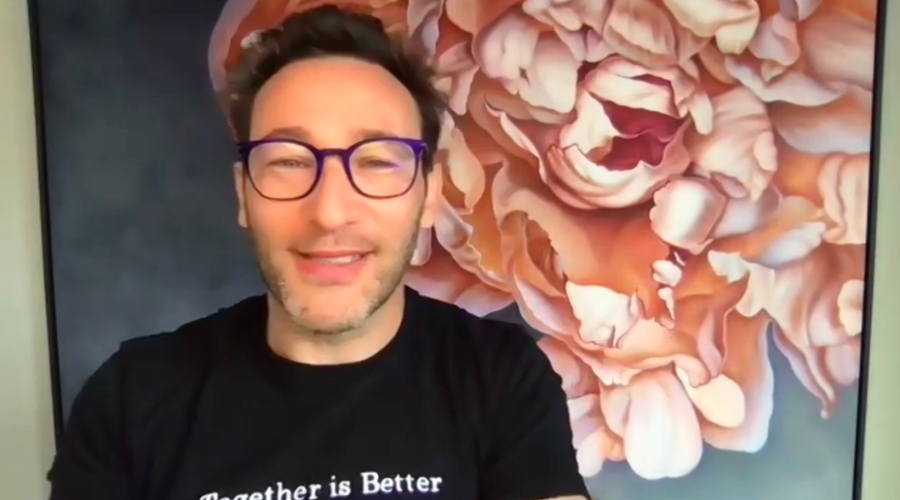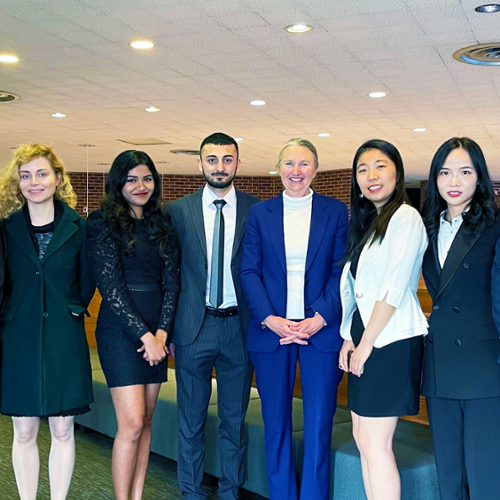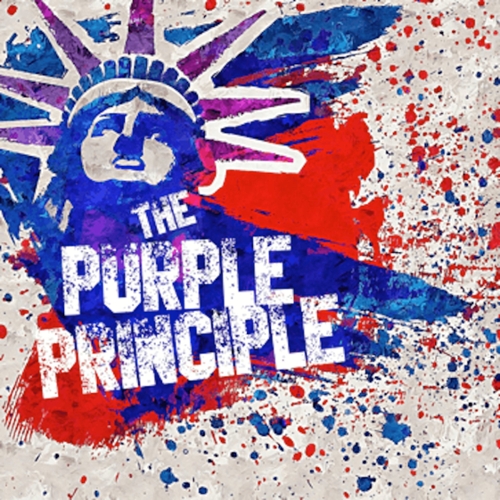Do you have an idea that can change the world? Focus on converting the innovators and early adopters first.
That was the advice Simon Sinek ’95 delivered March 20 to a group of 155 Brandeis students participating in the
DeisHacks 48-hour social good hackathon.
Sinek is a popular
TED Talk speaker and author of multiple bestselling books, including
Start with Why: How Great Leaders Inspire Everyone to Take Action and
The Infinite Game.
“You actually don't aim your efforts at the majority, which is what most people do,” said Sinek, who
studied cultural anthropology at Brandeis. “The law of diffusion proposes that if you can hit 15 to 18 percent market penetration, there's a social phenomenon called a tipping point, and it just goes off from there.”
In Sinek’s view, one of the most effective ways for an entrepreneur to reach that tipping point is to engender early buy-in and support from innovators (roughly 2-3 percent of the general population) and early adopters (15-17 percent). If you can win them over, there's a much higher chance the "great majority" will take notice too.
The fourth-annual DeisHacks event was completely virtual this year. After forming teams, students worked together over the weekend to identify real solutions to challenges put forth by 16 non-profit organizations in the Waltham area.
The top prize for organizational impact went to HeatPumpBuddy, a project by Mitchell Dodell ’21, Rachel Plotnik ’21, Sonali Anderson ’22, and Daniel Hariyanto ’23. HeatPumpBuddy is a website created for the
HeatSmartAlliance that connects homeowners with “coaches” who can help them learn more about the energy-saving benefits of installing a heat pump.
DeisHacks was co-founded by International Business School
Prof. Gene Miller and
Prof. Ian Roy ’05, director for Research Technology at the Brandeis University Library and founder of the
Brandeis MakerLab.
This year’s hackathon also featured an interactive Q&A where students asked Sinek about leadership, innovation, entrepreneurship. Sinek urged them to always remember the “why” behind their chosen career path, and to distinguish that from the “what.”
Sinek offered the examples of a drug manufacturer and a group that rescues kittens from trees to prove his point. While the “what” used to describe the organizations is obviously very different, the “why” lying behind their missions could be quite similar.
“We might discover that the same inspiration — we have to take care of life — may have spurred two different entrepreneurial ideas, where somebody develops inoculations and somebody else starts a kitten rescue,” said Sinek. “In other words, it can go down completely different paths but still be exactly the same.”




